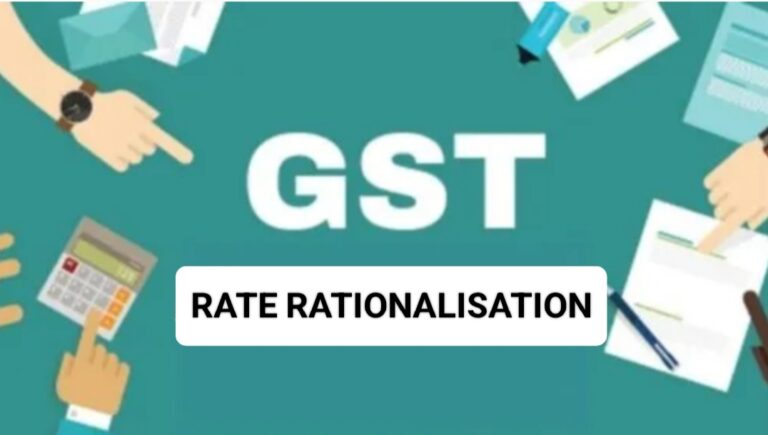GoM reached a consensus on the need to provide relief to the common man. If tax rates on essential goods are reduced, alternative measures will be explored to make up for the lost revenue.
The Group of Ministers (GoM) on GST rate rationalisation has reviewed the possibility of revising tax rates on over 100 items to reduce the tax burden on the common man, according to a PTI report. West Bengal Finance Minister Chandrima Bhattacharya announced on Thursday that the GoM is considering lowering GST on certain goods from 12% to 5%. The final decision is expected in the next meeting scheduled for October 20. Key items under discussion include bicycles and bottled water.
Potential GST Reductions on Essential Items
In a meeting held on Wednesday, the GoM deliberated on reducing GST rates on essential medical and pharmaceutical products, which are currently taxed at 12%. These potential tax cuts aim to make these items more affordable for consumers. The GoM will continue its discussions in the October meeting, with the focus on striking a balance between tax relief and revenue sustainability.
Compensating Revenue Losses with Higher Taxes on Luxury Goods
To offset the potential revenue losses from reduced GST rates on essential items, the GoM is considering increasing taxes on luxury goods, such as aerated water and beverages. Currently, these items are taxed at 28%, plus an additional cess. Bhattacharya emphasized that states are not in a position to absorb any reduction in GST revenue at this time.
Current GST Structure and the Need for Rationalisation
India’s current GST structure includes four primary tax slabs: 5%, 12%, 18%, and 28%. Under the GST law, tax rates can be increased to a maximum of 40%. In 2024, the average GST rate has decreased to 11.56%, which is below the revenue-neutral rate of 15.3%, prompting discussions on rationalising GST rates to ensure fiscal balance.
Bhattacharya highlighted that reducing GST on essential items, such as food products, from 12% to 5% could significantly lower prices for consumers, providing much-needed relief. However, to compensate for the lowered rates on common goods, some items currently in the 18% slab, like hair dryers and beauty products, might see a hike back to the 28% slab.
Consensus on Providing Relief to the Common Man
Bhattacharya stated that there was no discussion on reducing the number of GST slabs but added that the GoM reached a consensus on the need to provide relief to the common man. If tax rates on essential goods are reduced, alternative measures will be explored to make up for the lost revenue.
Recommendations to be Presented to the GST Council
The GoM, which includes finance ministers from Uttar Pradesh, Rajasthan, Karnataka, and Kerala, will present its recommendations to the GST Council after the October 20 meeting. The GST Council, chaired by the Union Finance Minister, includes representatives from all states and Union Territories (UTs).
Currently, bicycles and their parts attract a 12% GST rate, while electric bicycles are taxed at 5%. Bhattacharya indicated that the GoM would consider lowering the GST on bicycles used by the general public to make them more affordable.
Essential items under the GST regime are usually exempt or taxed at the lowest rate, while luxury and sin goods fall into the highest 28% tax bracket, often accompanied by additional cess. The GoM’s review is part of ongoing efforts to ensure that GST rates are fair and balanced, prioritising the needs of the common man while maintaining fiscal health.
Also Read: GST Advisory 524 – Validity of Notices and Orders Issued Without Digital Signatures
READ MORE
Section 74 of CGST Act: Determination of Tax & Adjudication of Demand
